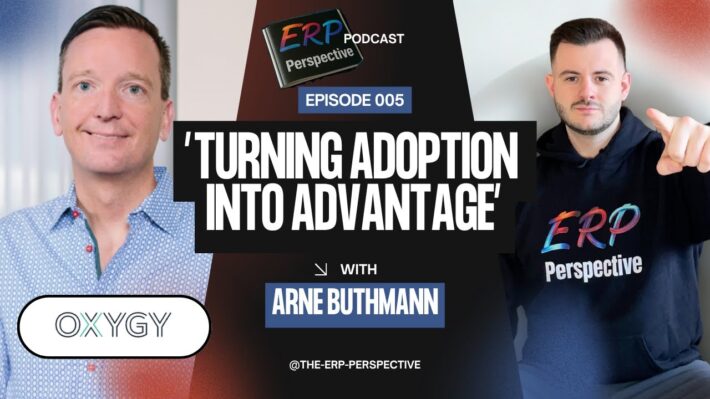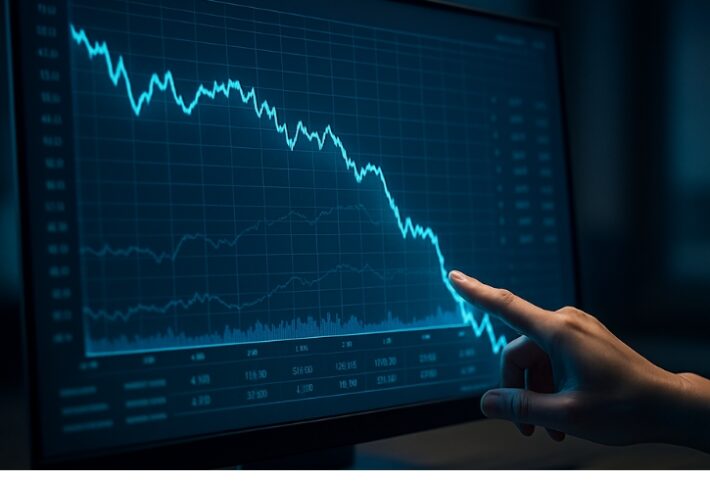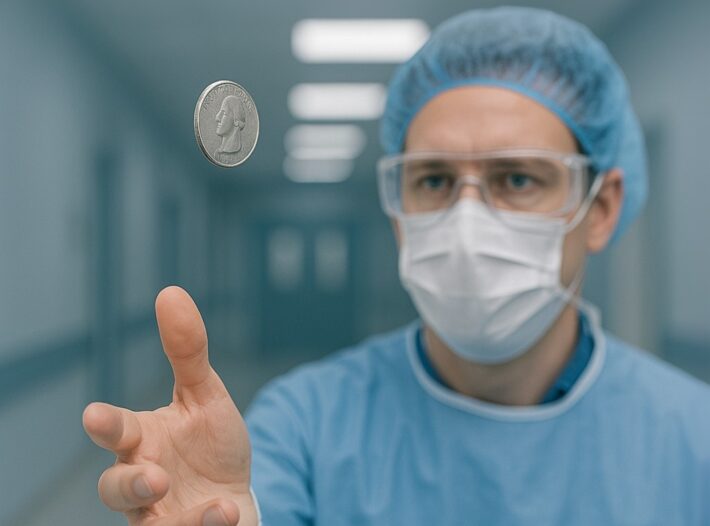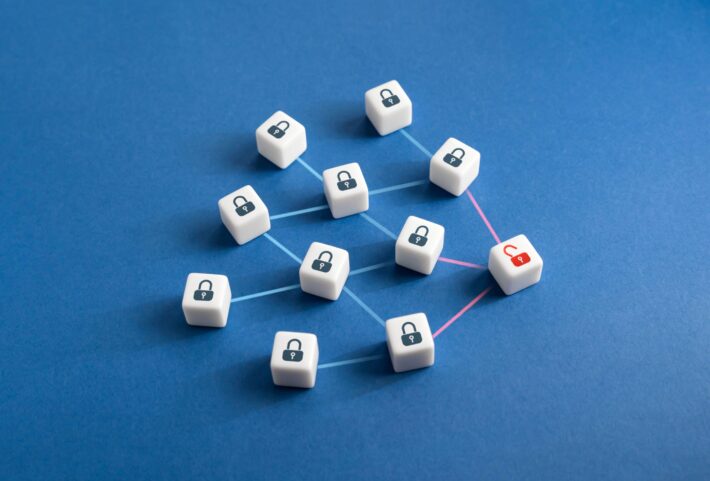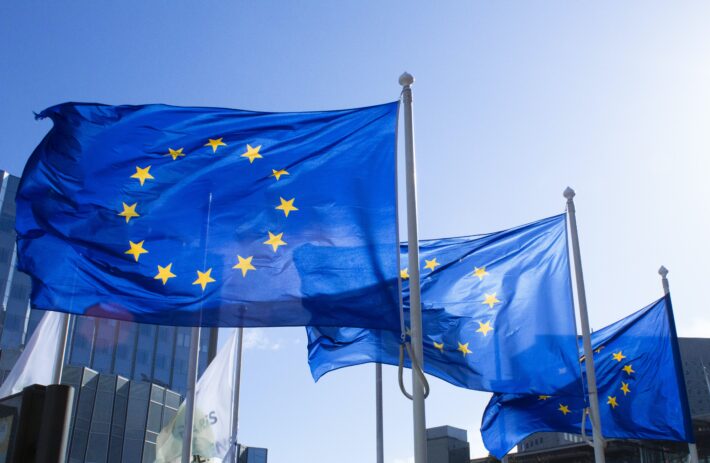Learn from the crisis and transform your business: the 3Rs diagnostic
The adjective “unprecedented” has been widely used to describe the Covid-19 crisis and to explain why Governments and businesses have been caught “off guard”. We all have been impacted by this pandemic. Senior executives and entrepreneurs must act now to transform the organizations they lead to make them crisis-proof. This means to radically improve business agility and resilience. Businesses which will be able to reinvent themselves will thrive in these uncertain times. They will win market share, attracting and retaining customers, and will have a more productive and motivated workforce. The slow movers will struggle.
Nobody believes that we can set the clock back to the pre-Covid times, reinstating routines, and ways of working whose limits have been exposed by a year of pandemic. We believe that a certain degree of controlled physical proximity will be still required in client facing processes and in office teamwork. The most effective outcome will be a hybrid model combining the best of these two worlds. Every business will have to find its right mix, its best “yin/yang” balance.
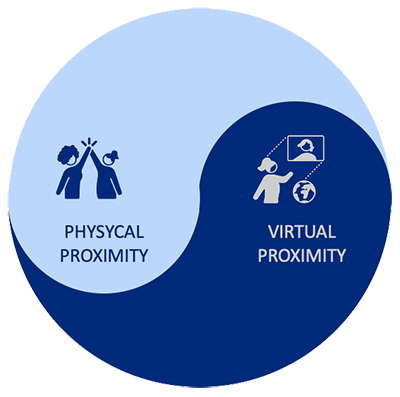
But where to start from? We suggest reflecting on the lessons learned during this year-long crisis, which has turned an acute phase in a prolonged chronic state. Business executives and entrepreneurs should analyze their business and operating models, identifying their fragility to manage and overcome crisis. For this purpose, we have developed the “3Rs diagnostic”.
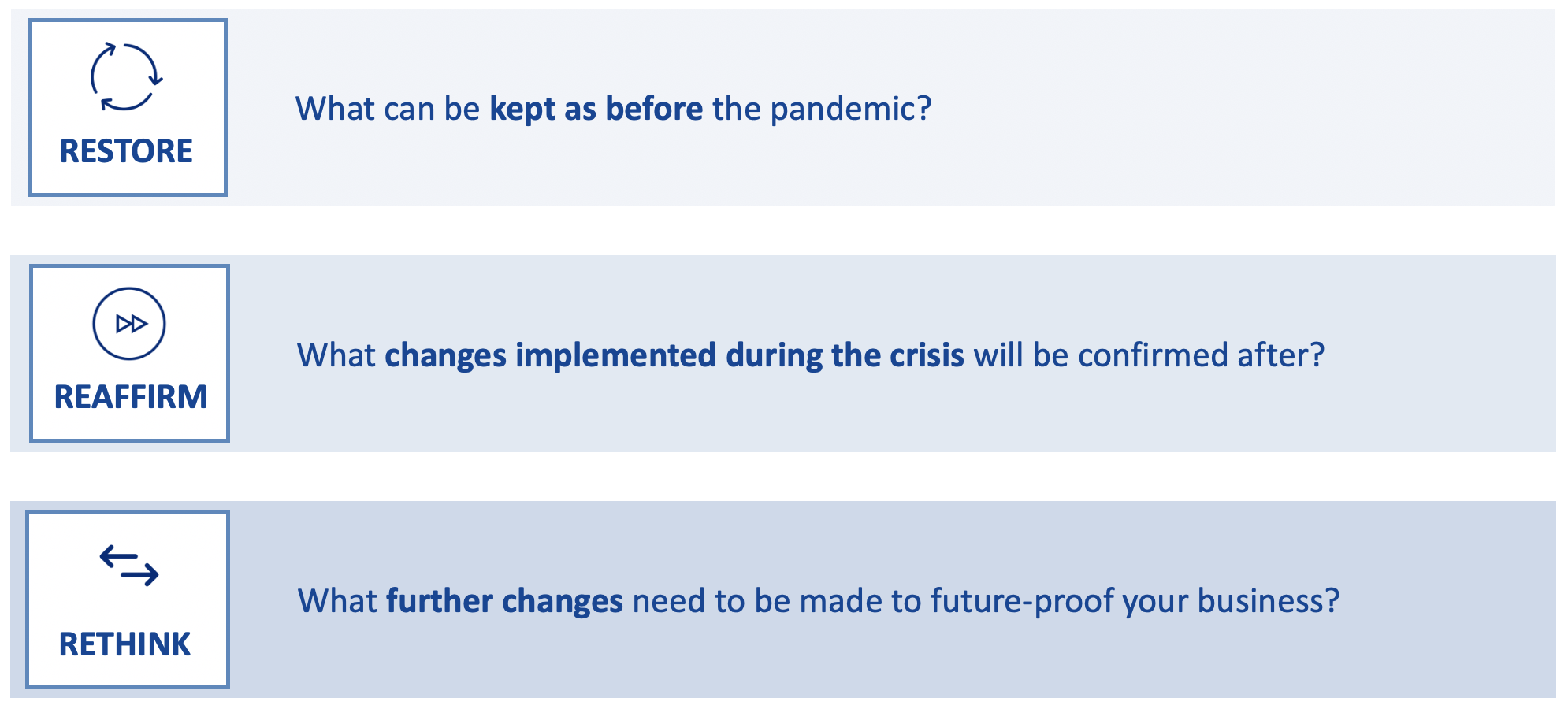
The diagnostic is not meant to be an audit but a collaborative discovery process, during which a leadership team or a project team identifies the historical strengths of their business and operating models, selects which changes tested during the lockdowns can be extended as proven practices and highlights which radical improvements are still to be devised.
It is like looking at each business through three lenses. The first lens is the “Restore” one. Not all aspects of an organization must be changed as a result of this crisis: rather, something can be restored as nothing had happened. For example, in many businesses the budgeting and reporting processes have not been modified, nor they should.
The second lens is the “Reaffirm” one. Some changes introduced during the lockdowns have proven to be successful. The idea it to make these once exceptional measures part of the standard working practices. Some of the questions that leaders might ask themselves are whether they have identified and fulfilled some emerging needs of their customers or have they introduced new technologies that enabled them to be more productive. Have the staff developed new competences? A common example is the communication and remote leadership skills. The staff might also have developed new expectations last year, having enjoyed the remote working and might be not so keen to come back to the office from Mondays to Fridays. The “reaffirm” questions often put in the spotlight some brilliant solutions generated by some internal innovators: the challenge is how to increase their adoption rate in the organization.
And, finally, the “Rethink” is the third part of our diagnostic. Some components of an organization have not been modified yet during this crisis, for a lack of time or focus, but will not stand the test of time. Using the “Rethink” questions of the diagnostic is like digging in a goldmine: answering them can trigger breakthrough transformations. But this is where company paradigms can work against innovation. We refer to developing entire new services, getting into new customer segments, finding new partnerships to make your supply chain sustainable, outsourcing or insourcing processes, implementing disrupting technologies, changing the legal and contractual framework.
All this to beat the competitors, before innovative business models disrupt incumbent organizations.
About the Authors
Edoardo Monopoli is CEO & Partner of OXYGY. Since 1995, he has partnered with senior executives on their personal, leadership team and business strategies for sustainable success, combining performance improvement with real people engagement.
Vera Pellegrin is a sales, marketing and innovation specialist, with over 20 years experience. She has been supporting the implementation of profitable growth strategies in different contexts from customer centric and dynamic industries (retail, fashion, consulting) to highly technical products and highly regulated industries (pharmaceutical and medical devices).

